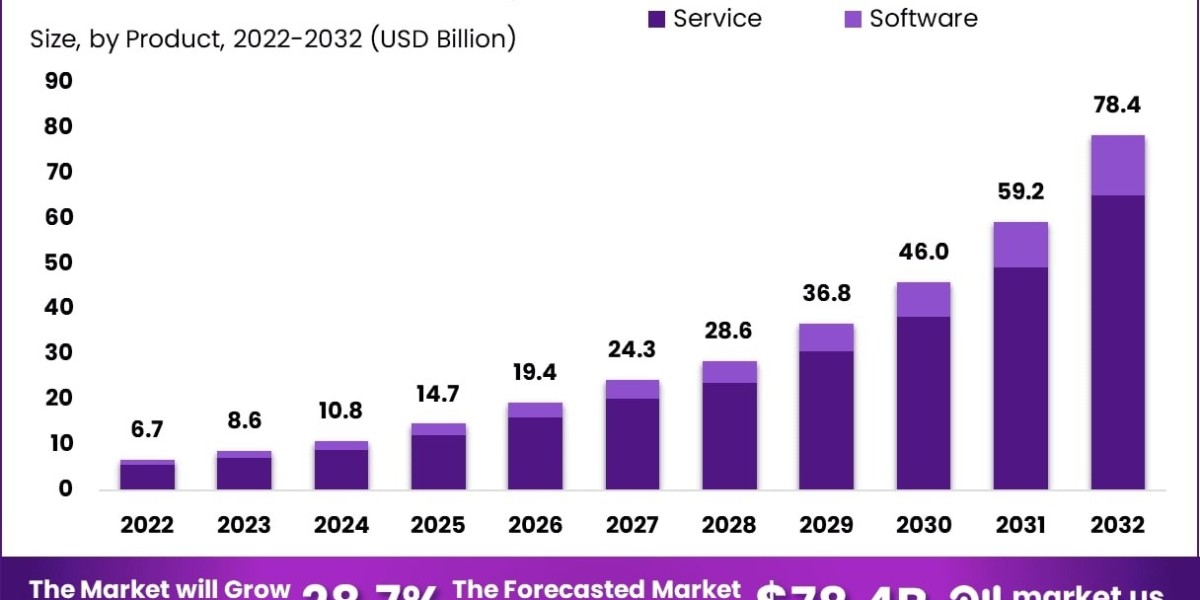The Global plasma protein products market is projected to grow significantly from US$ 33.4 billion in 2024 to approximately US$ 70.8 billion by 2034. This growth represents a compound annual growth rate (CAGR) of 7.8% over the forecast period from 2025 to 2034. The demand for plasma protein therapies is increasing due to their critical role in treating chronic and rare diseases. Advancements in manufacturing processes and rising awareness about plasma-derived treatments are further supporting market expansion worldwide.
In 2024, North America dominated the global market with a leading share of 38.4%, translating to a revenue of US$ 12.8 billion. The region’s growth is driven by strong healthcare infrastructure, high plasma collection rates, and favorable reimbursement policies. Increasing government support for plasma-based therapies and growing R&D investments by key players also strengthen the region’s leadership. Emerging economies are expected to witness higher growth rates as healthcare access improves and diagnostic practices evolve.
Based on product type, the market is segmented into immunoglobulin, coagulation factors, and others. Among these, immunoglobulin emerged as the leading segment in 2023, accounting for 65.3% of the total market share. This dominance is due to its widespread use in immune deficiency disorders, neurological conditions, and autoimmune diseases. Continuous development of advanced immunoglobulin therapies is expected to maintain this trend in the coming years.
By application, the hospital segment led the market with a 70.2% share in 2023. Hospitals remain the primary distribution and usage centers for plasma protein therapies due to the need for specialized handling and administration. The retail pharmacy segment is also gaining traction with the rising trend of outpatient care. As plasma-derived treatments become more accessible, healthcare providers are focusing on improving patient outcomes through timely diagnosis and advanced therapies.
Opportunities
- Rising Global Demand: More people are being diagnosed with immune and rare disorders. Doctors are also using plasma therapies for a wider range of diseases. This increases demand across many regions and health systems.
- Growth in Emerging Markets: Some regions still lack local production of plasma therapies. These markets offer strong growth potential. With the right investment and partnerships, they can build up donation systems and factories.
- Advances in Technology: Automation and small scale processing units are becoming popular. These technologies make plasma production more efficient and affordable. They also help expand production in remote or low-resource areas.
- Research in New Therapies: Scientists are exploring ways to make plasma like therapies in labs. These alternatives could ease supply pressure. They may also offer safer and faster treatment options for some conditions.
- Global Partnerships: Governments, health groups, and private companies are working together more closely. These partnerships help expand access to plasma products. They also support infrastructure development and research.






